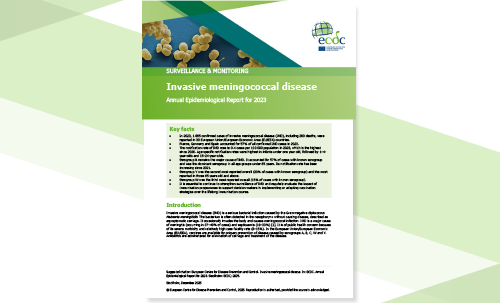When you need to see a doctor
If a cold eases up and then symptoms return, get evaluated by a doctor, Zavala says.
Respiratory ailments can make it more…

If a cold eases up and then symptoms return, get evaluated by a doctor, Zavala says.
Respiratory ailments can make it more…

Thoracic surgery, particularly video-assisted thoracoscopic surgery (VATS), represents a significant advancement in minimally invasive surgical techniques; however, it continues to present considerable challenges in perioperative…

As teens gain more independence in their food choices, many parents struggle to navigate conversations about nutrition -which could be especially important during the holidays, when celebrations often center around meals.
While…

In 2023, 1 895 confirmed cases of invasive…


Lung cancer is the leading cause of cancer-related deaths worldwide, with the highest mortality rates observed in both men and women.1 Surgical resection remains a cornerstone of curative treatment for early-stage lung cancer.2…

Empowering people to regulate their lifestyles, adopt healthy behaviors, and abstain from or change high-risk behaviors may have a significant impact on the prevention of serious chronic illnesses, their induced complications,…

For years, chocolate has been linked to weight gain, acne, and dental problems.
However, scientific research is increasingly presenting a different picture. Studies now suggest that dark chocolate, when consumed in…